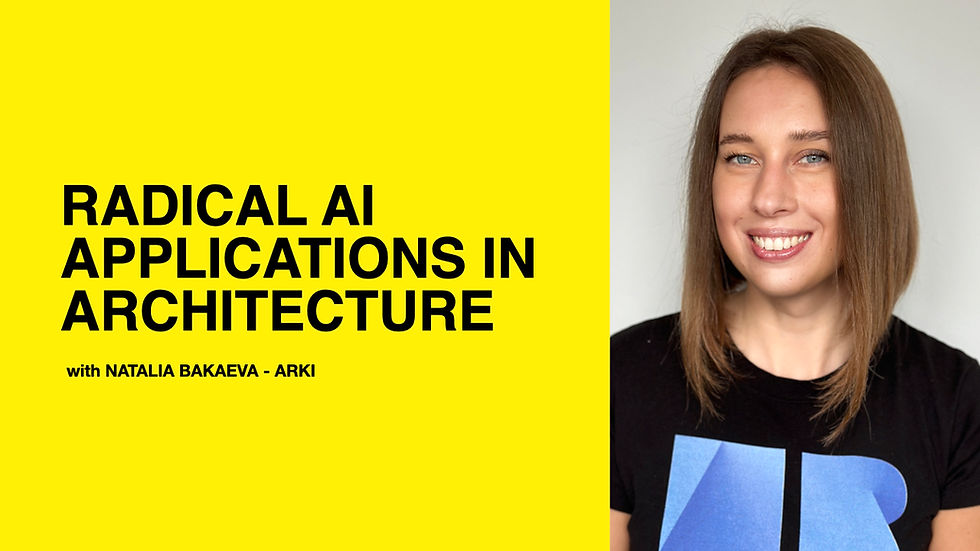AI Workforce in AEC
- Natalia Bakaeva

- Jan 28
- 3 min read

I received this fantastic NFX article and aligned so well with everything I have been conceptualization for the past 2 years, that I couldn’t restrain myself from reflecting on it.
In the world of architecture, design, and construction, the role of software is evolving at a crazy speed. What was once an era of Software-as-a-Service (SaaS)—augmenting human labour (we draw not only faster on BIM 360 or ACC, but also collaboratively) - is now transitioning into: Service-as-a-Software. This paradigm shift redefines not just how we work but also who is doing the work.
Traditional SaaS aimed to digitize and simplify specific aspects of job functions, but it always required a human workforce to operate the software. The hiring budget was significantly larger than the software budget. Based on the article, US businesses spend roughly $5 trillion on their knowledge workforce, compared to just $230 billion on B2B SaaS annually. The two markets, labour and software, were always separate.
Not anymore.
Today, software can organize and execute tasks, fusing labour and software into a single, massive market. Labour is now “baked in” to the software you buy. Think of AI as your new design colleague - capable of minimizing repetitive work, and delivering human-quality results with software-level scalability.
This shift has tremendous implications for industries like architecture, design, and construction AEC - sectors that juggle fragmented processes and a mix of analog and digital tasks. These workflows, often involving multiple stakeholders, present the perfect opportunity for AI-driven tools to shine, something that I have been analyzing through the Jobs-To-Be-Done approach to “flush out the fluff” and see real workflows that can be isolated+automated
At ARKI, we made it our goal to pioneer a new category of AI-enabled collaboration that eliminates inefficiencies, preserves institutional knowledge, and enhances workflow sustainability. For architects and engineers, this means cutting hours spent searching for data and enabling instant reuse of past project details. AI in this form doesn’t just streamline work—it transforms how teams think about productivity, empowering firms to do more with fewer resources.
But here's the key: software alone is not enough. For AI to truly replace services, it must bring relatability and adapt to the messiness of human creativity. Whether it’s a thoughtful, personalized interface or contextual understanding, AI has to feel like interacting with a trusted collaborator.
According to the NFX article, this shift opens up massive opportunities:
Medium-size AE firms: They’ll be the first to adopt. AI offers small to medium firms the ability to scale their operations at the click of a button - no need to hire full-time employees for every role. This allows them to compete with firms with more staff and simply “hands” to through on the project.
For AE solopreneurs: AI can be a flexible, scalable solution, bringing expert-level execution without the need for a full-time workforce. We will soon see the rise of the “$1 billion company run by a single person”, this is a quote from Sam Altman, 2024.
For incumbents: The startup's opportunity to disrupt is immense. Traditional SaaS models that don’t embrace this fusion of labour and software won’t be able to keep up.
At ARKI, our vision aligns with this evolution. We’re embedding the "soul" of human collaboration into our AI platform, bridging the gap between manual labour and digital execution in architecture and design. By enabling visual and contextual search, seamless data integration, and sustainable workflows, we’re giving AEC professionals their time AND creativity back.
This is not just about efficiency; it’s about creating a future where software and labour are indistinguishable, and design professionals are empowered to focus on what they do best: creating.


